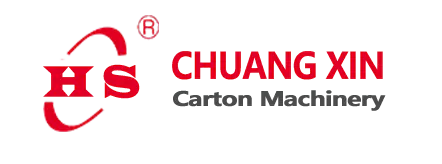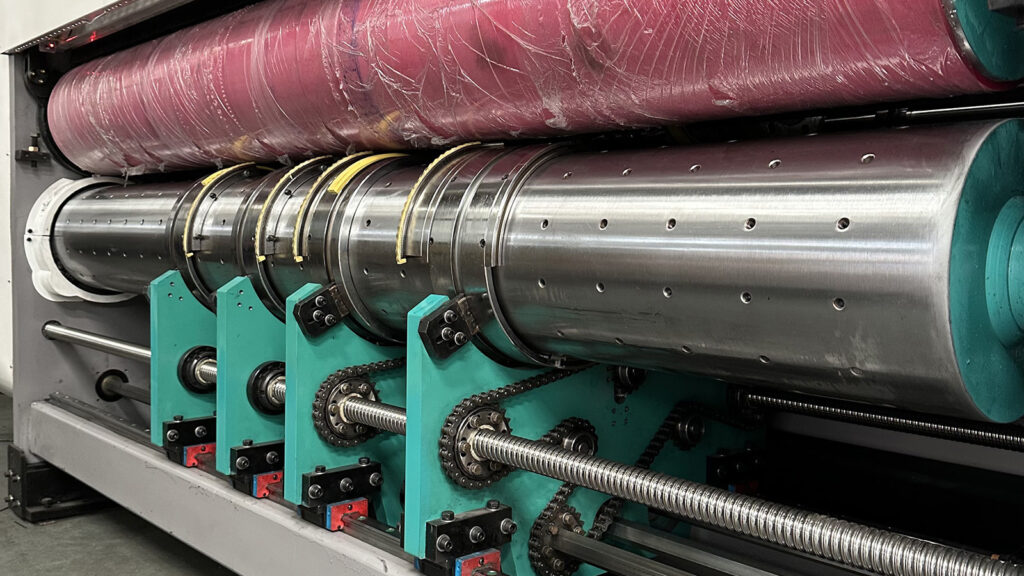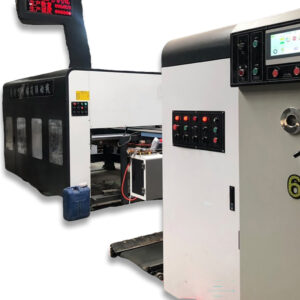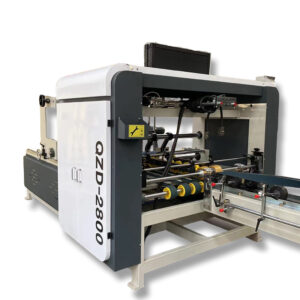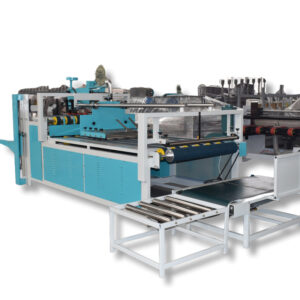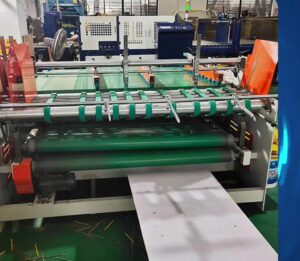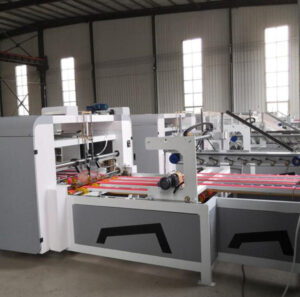
Welcome to our blog dedicated to the fascinating world of carton printing slotting machines. Here, we delve into the intricate workings and immense value these machines bring to the packaging industry.

What Are The Steps in Die Cutting Process
Die cutting, the process of using a sharp die to cut shapes out of various materials, is a versatile technique used in numerous industries, from crafting and scrapbooking to packaging and manufacturing.
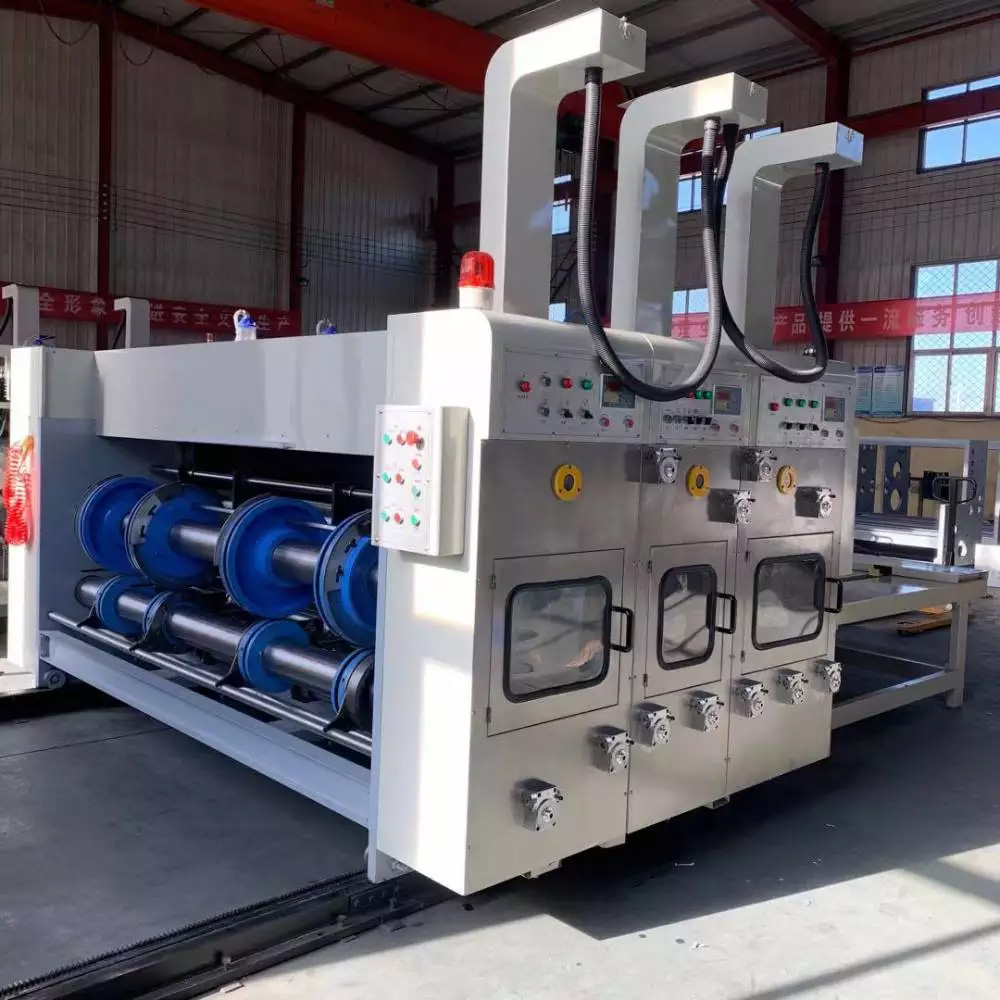
Slotting vs Shaping: Another Differences in Machining
In the machinery industry, two basic processes are often confused with one another: slotting and shaping.
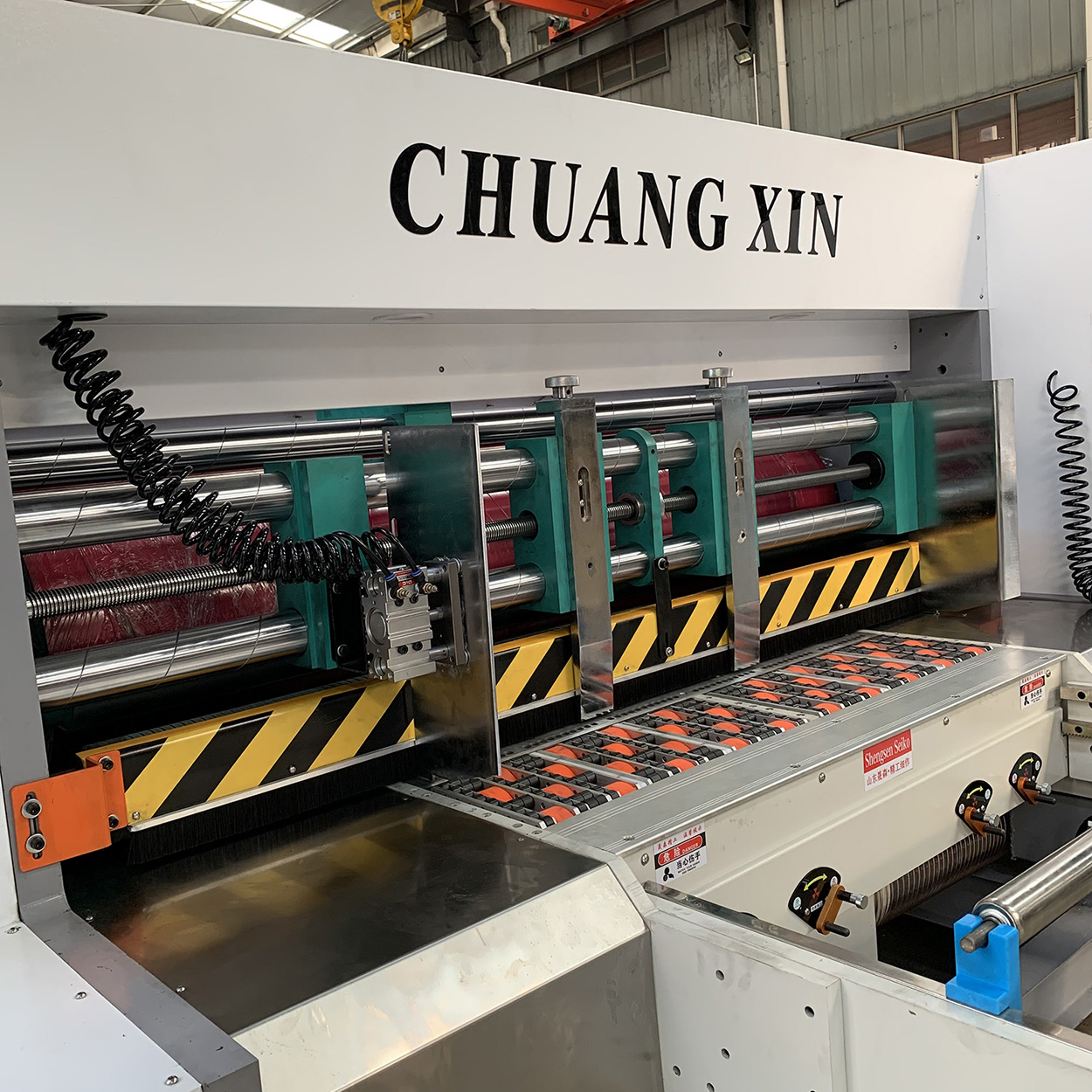
What is Rotary Die Cutting Machine? Features, Types, Uses
High speed rotary die cutting machine (Lead Feeder) is an efficient die cutting equipment, using the working principle of circular press, can achieve high-speed continuous die cutting operations.
